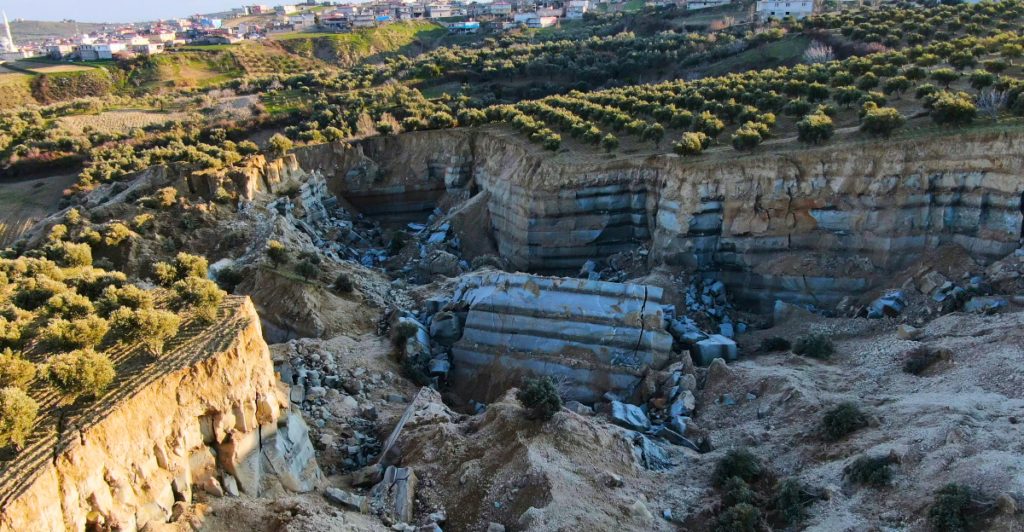
On Saturday, April 19, 2025, a significant increase in global seismic activity was observed. Nine major earthquakes, each with a magnitude 5 or greater, occurred in different regions. This staggering spike in geophysical activity emphasizes the changing and ongoing forces acting on our planet’s crust.
In addition to these significant events, hundreds of smaller tremors were detected across the world, underlining the constant movement of tectonic plates beneath the Earth’s surface. This article covers the most impactful earthquakes, the energy released, and regions of current intense scientific focus because of elevated seismic activity.
Global Seismic Overview

Within a 24-hour period, the world saw 48 earthquakes with a magnitude of 4 or greater, and 148 quakes at magnitude 3. There were also 356 earthquakes of magnitude 2.0 or greater detected, indicating widespread tectonic movement.
Despite that unprecedented level of seismic activity, none of the earthquakes exceeded magnitude 6 or higher, which generally does more widespread damage.
The data highlights the dynamic geologic processes that constantly rebuild and reshape the Earth’s surface, reminding us of our planet’s volatility and the need for continued seismic monitoring and preparedness in regions prone to such events.
Energy Released By Earthquakes
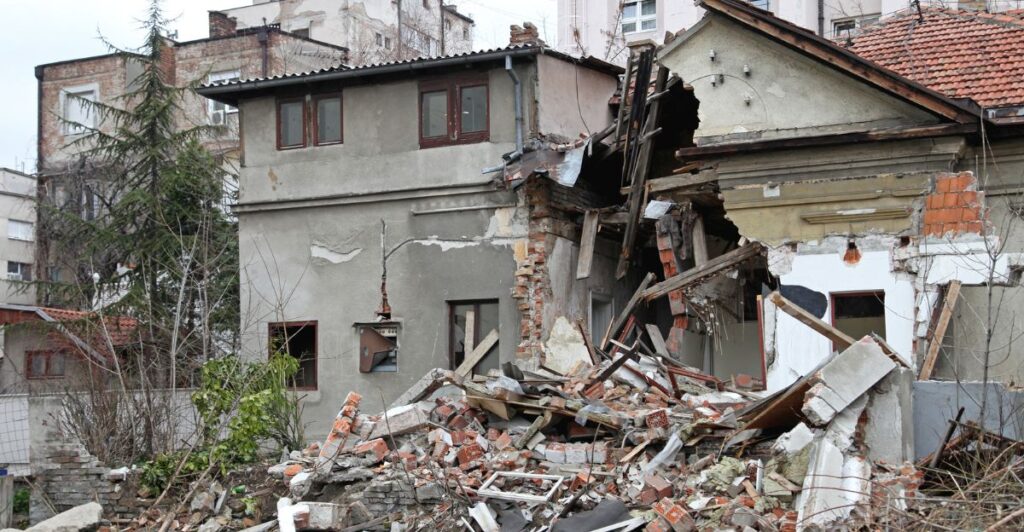
The total seismic energy released during these events is estimated as 1.1 x 10¹⁴ Joules. That’s roughly 31.3 gigawatt-hours of power or over 26,947 tons of TNT, nearly as powerful as detonating 1.7 atomic bombs.
The release of such huge energy is a testament to the powerful forces at work beneath the Earth’s crust. It also reminds us of the potential hazards from seismic activity and the importance of strong infrastructure and disaster preparedness in earthquake-prone regions to mitigate danger in future occurrences.
Strongest Earthquakes in Recorded History
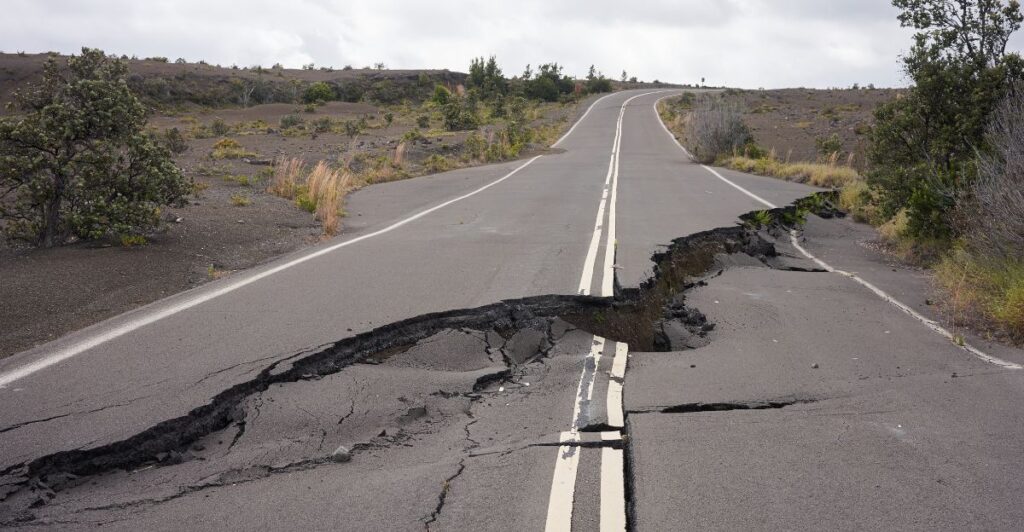
The strongest earthquake in this period struck Badakhshan, Afghanistan, on Sunday, April 20, 2025, at 00:11 (GMT +8), with a magnitude of 5.7. Just a few moments after this quake occurred, a 5.2-magnitude earthquake hit close to Tingo Maria, Huanuco, Peru, on Saturday, April 19, 2025, at 06:56 (Lima time).
Both events were significant not only because of their strength but also for their potential dangers to local populations and infrastructure. These earthquakes are stark reminders of the unpredictable nature of seismic hazards in the most vulnerable regions.
Notable Mid-Atlantic & Regional Events
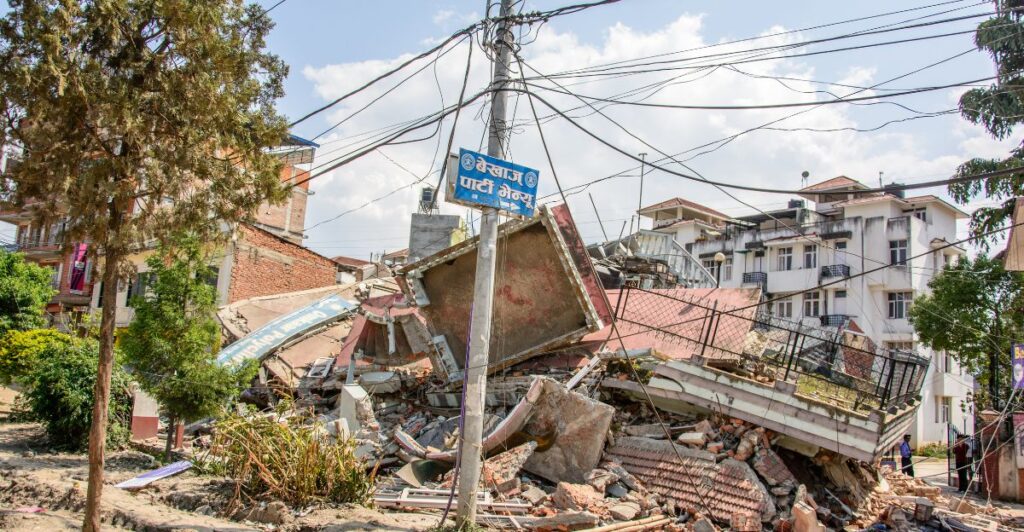
Among the notable seismic events was a magnitude 5.1 earthquake that occurred in the Central Mid-Atlantic Ridge on April 19, 2025, at 11:50 (GMT -2). Additionally, on April 18, 2025, at 18:15 (GMT -7), a magnitude 4.9 earthquake occurred in the Southern Mid-Atlantic Ridge.
These mid-ocean ridge earthquakes reflect the ongoing tectonic activity at divergent plate boundaries, where new crust is produced. Although such events are unlikely to threaten human populations directly, they are important for understanding the interactions in Earth’s lithosphere and the processes driving continental drift.
Earthquakes Felt by Residents

Multiple earthquakes were widely felt by residents, with the Badakhshan, Afghanistan event receiving 116 reports of tremors. In Alaska, a magnitude 4.3 earthquake near the Kenai Peninsula Borough, 84 km west of Anchorage, was reported by 51 people on April 18, 2025.
In the Caribbean, a magnitude 4.6 earthquake occurred west of the island of Barbuda, in Antigua and Barbuda, which garnered 39 reports of shaking.
Those felt events highlight the human side of seismic activity, as even relatively mild earthquakes can cause alarm and a small amount of property damage, prompting communities to remain vigilant and prepared.
Activity in the Celebes Sea and the Philippines

A notable magnitude 5.9 earthquake struck the Celebes Sea, located 96 km southwest of Surallah, Philippines, on April 20, 2025, at 00:11 (GMT +8). Thirty-three residents reported the event, which highlights the region’s susceptibility to seismic hazards.
The Philippines is situated along the Pacific “Ring of Fire” and is prone to experiencing significant earthquakes due to its tectonic setting. Such incidents highlighted the ongoing risk faced by communities in this region and the need for better earthquake preparedness and an early warning system to minimize potential impacts.
Seismic Swarm in Iceland’s Reykjanes Peninsula
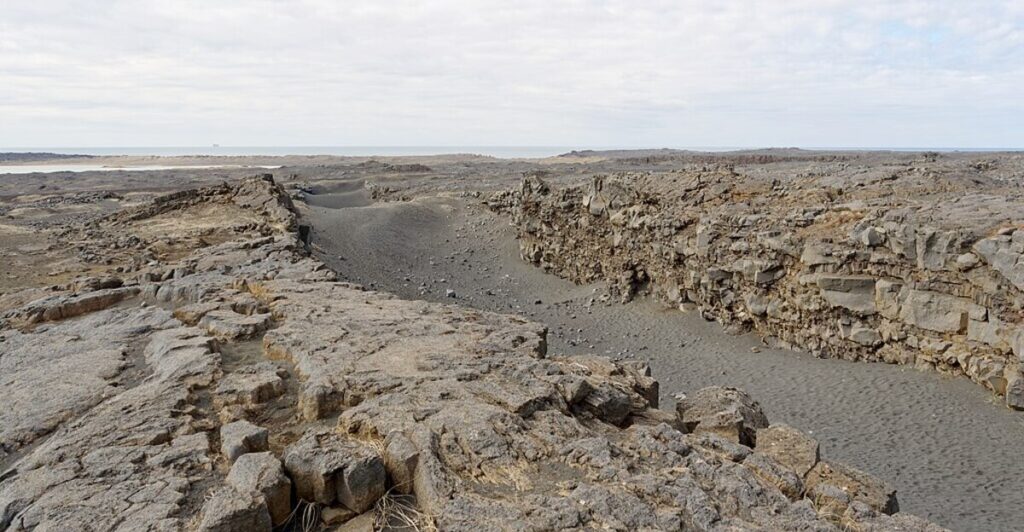
A marked increase in seismic activity has drawn scientists’ attention to Iceland’s Reykjanes Peninsula. Almost 200 micro-earthquakes were recorded in the past 48 hours at a depth of 4-5 kilometers, particularly near Grindavik, north of Stora-Skogfell, and west of Keilir.
According to the Icelandic Meteorological Office, seismicity along the dike is still high near Sundhnúkur, which raises concerns of potential magma movement beneath the surface. This heightened activity is being closely monitored for signs of possible volcanic eruptions in the near future.
Magma Movement and Eruption Risk

Though seismic activity has recently increased at Fagradalsfjall and the Krysuvik system, these signals are evidence that magma is still moving and fluid is migrating along dikes.
Experts believe magma buildup in deeper reservoirs would raise the pressure and could set off larger earthquakes or even volcanic eruptions. Although no new intrusion has been confirmed, the situation remains dynamic, with scientists emphasizing the importance of continuous monitoring.
These developments illustrate the complex interplay between tectonic and volcanic processes, especially in Iceland, a region known for its geological volatility and history of eruptions.
Ongoing Monitoring
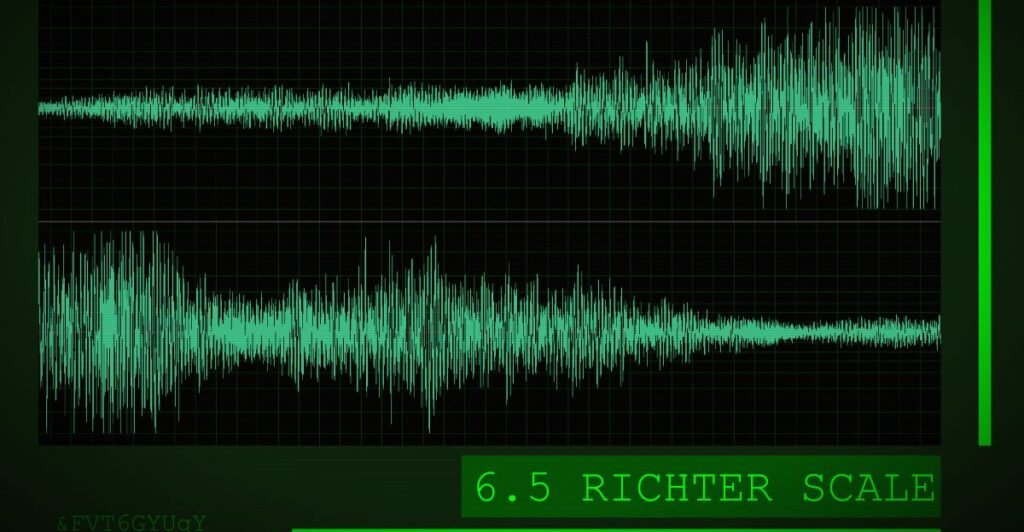
The earthquake report for April 19, 2025, underscores a day marked by heightened seismic activity worldwide, with notable events occurring in Afghanistan, Peru, the Mid-Atlantic Ridge, and the Philippines.
Iceland’s Reykjanes Peninsula remains under close observation due to its heightened seismicity and potential eruption risk. As researchers continue to study these natural phenomena, the importance of preparedness and vigilance in seismically active regions cannot be overstated.
The dynamic processes beneath the Earth’s surface are a powerful reminder of nature’s unpredictability and the importance of ongoing scientific research and public awareness.
Explore more of our trending stories and hit Follow to keep them coming to your feed!

Don’t miss out on more stories like this! Hit the Follow button at the top of this article to stay updated with the latest news. Share your thoughts in the comments—we’d love to hear from you!







